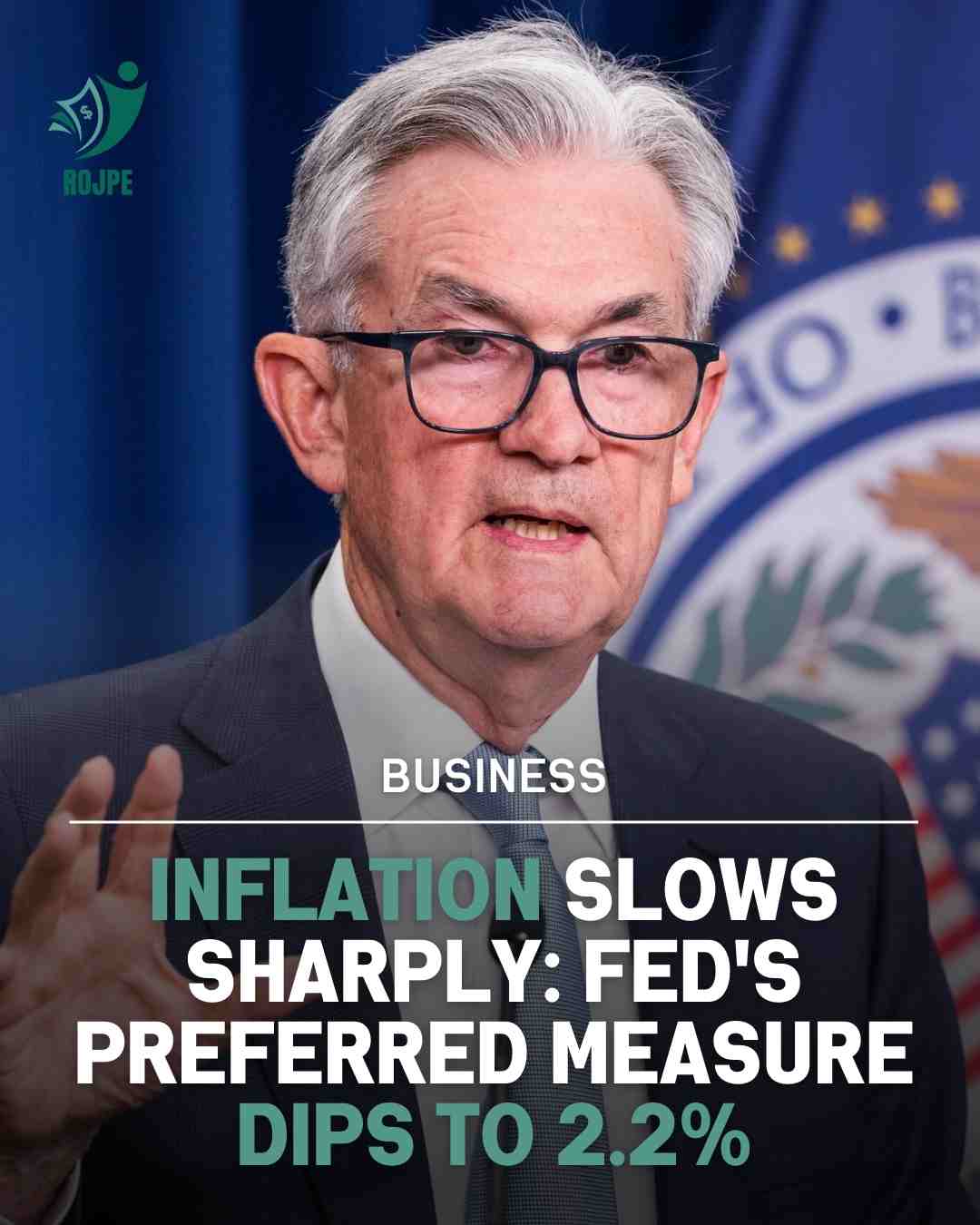US Inflation Eases to 2.2%, Raising Possibilities for More Rate Cuts in November
October 5, 2024

The recent decrease in inflation happens following a reduction of its first interest rate since the pandemic last week with the Fed cutting the rates by half a percentage point. With moderation in inflation, market speculations have risen regarding an increased chance of another rate cut at the Fed's meeting in November. Futures market data show investors slightly favor another 50-basis-point cut, although a quarter-point reduction will remain a very strong contender.
The Economy Under the Microscope As the November presidential election draws closer, economic conditions are top of mind. According to President Joe Biden, inflation data showed that the economy's resilience was solid; inflation was back at pre-pandemic levels; and other variables, such as incomes, savings, and consumer spending, were stronger than estimated.
On the other hand, Republican hopeful Donald Trump has been on the attack against the Biden administration, accusing their policy as the cause of the recent inflation surge in 2022. Even though the rate has gone down in the recent past, the majority of households are still forced to incur high living costs attributed to inflation, and therefore, the election revolves around this issue.
Core Inflation and Economic Outlook
Though headline inflation eased, the core PCE, which excludes food and energy, ran at 2.7%, in accordance with economists' projections, and was up a tick from July's 2.6%. The higher core number, driven by continued ratcheting up of housing costs, makes the inflation picture somewhat tricky. According to Torsten Slok of Apollo, economists would argue that though inflation trends are improving, core PCE would likely influence the Fed to be more conservative in November by opting for a smaller rate cut.
Two-year Treasury yields, which closely tie into interest rate expectations, softened a bit after the figures' release to show that investors believe the Fed can make inflation control and economic growth work well together. S&P 500 and Nasdaq Composite indices also lost a bit after the report because investors were trying to digest future rate moves.
Consumer Confidence Building
However, despite growing concerns over inflation, there are signs of consumer sentiment picking up. The University of Michigan index took consumer sentiment to 70.1 in September, its highest level since April. The increase means that the Americans feel more optimistic about the future prospects of the economy though inflationary pressures remain.
Consumers are fully aware that inflation has continued to slow, says Joanne Hsu, the director of the survey. While still lagging its historical average, this swelling optimism may give the Fed's monetary strategy some further backing in pursuit of stability while encouraging more continued growth.
What's Next for the Fed?
As the Fed contemplates its November meeting, arguments for another half-point or quarter-point cut in the federal funds rate will enjoy quite an airing. The inflation data combined with steadying consumer sentiment and economic optimism do seem to give the Fed some room to maneuver, though this is being watched against the backdrop of core inflation still more than a point above target. Policymakers will have to pick their way through this based on short-term relief versus long-term stability.
"If the Fed wants to cut by another 50 basis points in November, the inflation data isn't going to stand in their way," said economist Omair Sharif.
Still, the decision between a more modest quarter-point cut and another bold step is up for debate as the Fed balances the scale at this pivotal moment in US history.
